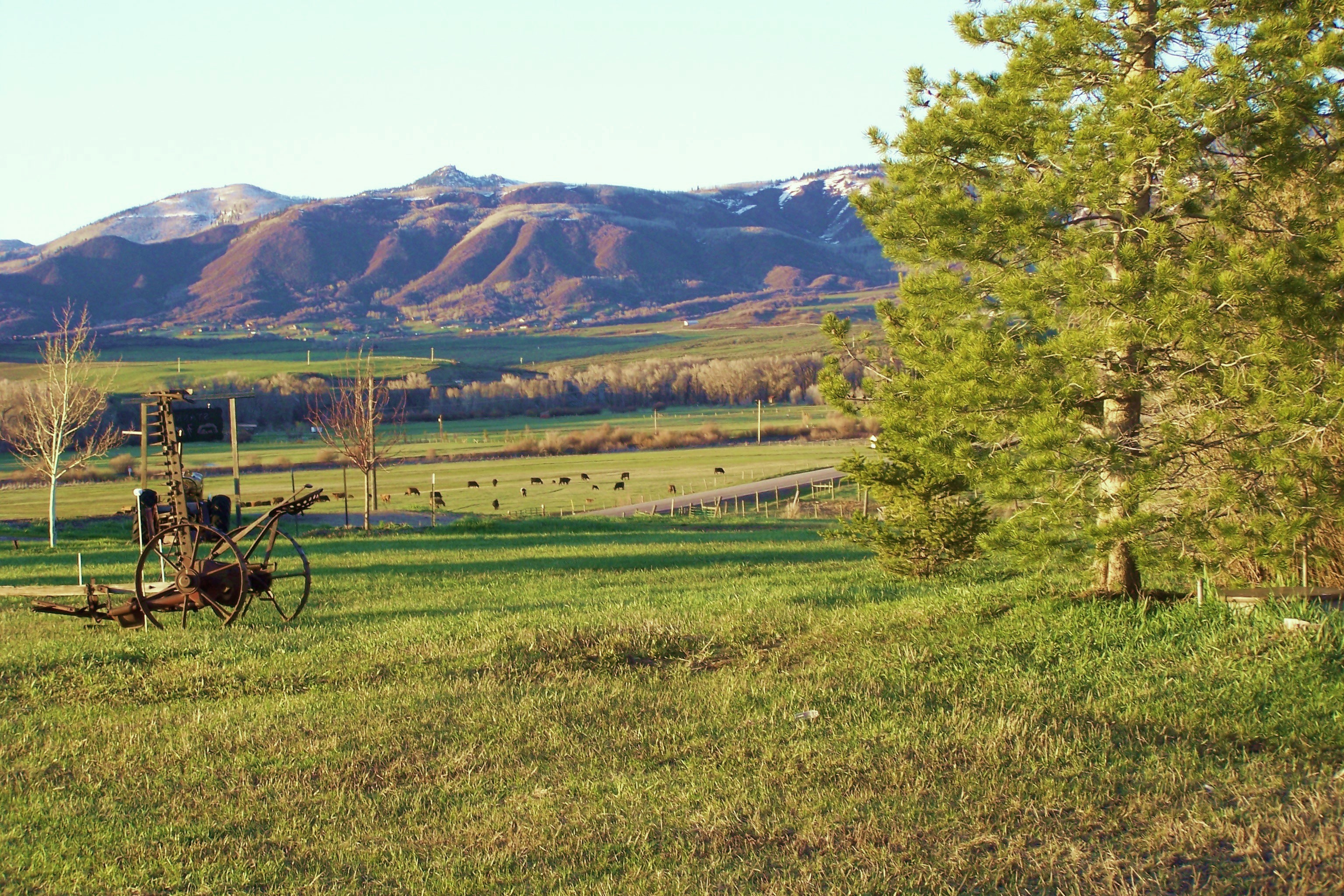Stanko Ranch
Jim and Jo Stanko’s ranch, near Steamboat Springs, has been in the family since 1907. Their love for their land is evident. Jim cites the ranch’s centennial anniversary as one of the greatest accomplishments of his life.
Meet the stankos
describe your operation:
The Stanko Ranch is a small (in ranching terms) centennial ranch located just west of the town of Steamboat Springs. We manage a little over 2,000 acres which are contiguous. We have both hay ground and range (pasture). We manage range for our cattle in the summer and raise hay to feed our cattle in the winter. We have cows and bulls which produce the calves which we sell in the fall. This segment of the process of producing meat for your table is called a cow/calf business.
who is involved?
With the development of technology, we are truly a mom and pop ranch. My husband and I manage all of the work involved in managing, producing and harvesting feed for our cattle; taking care of all the animals except for our consulting veterinarian for animal health issues.
describe a typical day:
Because we have extremes in weather our days are very different in summer and winter. A typical winter day begins with going out and chopping as much as six inches of ice from water sources for our horses, bulls, and multiple places for the cows. Depending on how cold the temperature is, this must be done anywhere from one to three times a day. The next few hours are spent shoveling or plowing snow. The corrals must be kept plowed out in case they are needed; all feed trails must be plowed so we can reach all of the animals, the lanes and yard must be plowed just so we can get in or out. The roof of every building must have the snow shoveled off so they won't collapse due to the weight of the snow. In the late afternoon, we feed the cattle so that they will be burning calories and generating heat during the coldest part of the day. If it is extremely cold, the cattle are fed full feeding multiple times a day.
A typical summer day begins in the early morning before the breeze starts. This is when one of us goes out to spray weeds which makes sure that the chemicals only go on the weeds and not anywhere else and the other one goes out to repair fences. Due to the amount of snow we get, every inch of fence must be inspected and repaired. In addition, the wildlife tends to walk through fences so the routes that they take must be inspected and repaired routinely. Around 11 AM, when the dew had gone off the hay, we both head to the hay field. One of us is responsible for cutting and stacking while the other rakes and bales. At night, when the dew moves in, usually a round dusk, we return to the house to complete chores, repair and get the equipment ready for the next day.
What is your favorite part about being in the cattle business?
We love the fact that we go outside everyday and work with animals, nature, each other in this beautiful place. We love working with people who are in agriculture; raising our child to become a responsible, contributing member of society who recognizes and lives with a strong work ethic and altruistic values. We really love the fact that our work helps to fill not a want but a need for our neighbors, community, state, country and world; safe and nutritious food.
what challenges do you face in the cattle industry?
Providing affordable food while making enough money to meet expenses and provide enough profit to keep or encourage younger people to stay in or become part of the process, especially in light of the rising prices due to high demand for our main resources; land and water.
Helping the general public understand the impact that their food choices has not only on their lives but on the lives of the people who produce that food; the fabric of food is produced not by huge industrial entity but groups of people, both large and small, that are interwoven to set that food on their table.
Having people realize and appreciate how much heart, work, and love actually goes into the production of something which most take for granted; plentiful, healthy food.
What message would you like consumers to hear?
As the population grows, all of us, those who produce and those who consume, must become more efficient. Producers are going to have to provide more using less resources and consumers are going to have to be less wasteful.
Grandson Justin with his bucket calf at school sharing information about ranching and caring for animals.
Steamboat Springs has a very short summer growing season with green grasses harvested to be used for hay in the winter.
The Stanko Ranch was recognized for their conservation efforts with the Leopold Conservation Award in 2010.
stanko ranch
steamboat springs, CO
COW/CALF RANCH
Cows are bred and calves are born and raised every year on cow-calf farms and ranches, spending time grazing on grass pastures within sight of their mothers.
